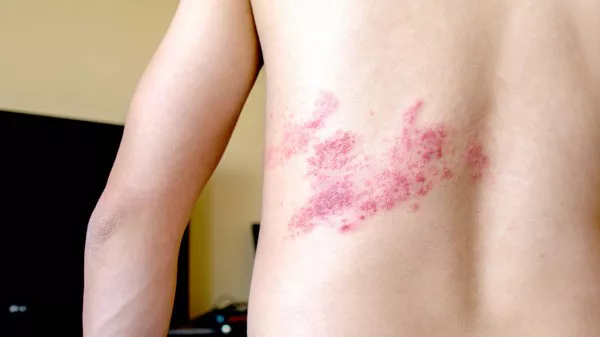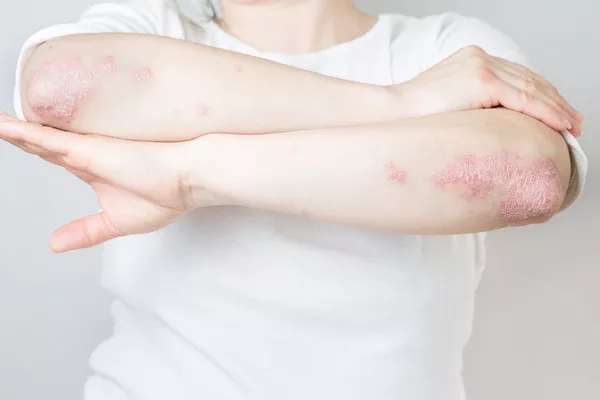Shingles, also known as herpes zoster, is a viral infection caused by the varicella-zoster virus—the same virus that causes chickenpox. While most individuals recover from chickenpox, the virus remains dormant in the nervous system. Later in life, usually after the age of 50 or when the immune system weakens, the virus can reactivate, leading to the development of shingles. Understanding the progression of shingles through its four distinct phases is crucial for proper diagnosis, management, and treatment.
Phase 1: Prodrome
The prodromal phase marks the onset of shingles and is characterized by nonspecific symptoms that may precede the appearance of the characteristic rash. This phase typically lasts for several days to a week before the rash becomes evident. Common prodromal symptoms include:
1. Pain and Sensations: Many individuals experience tingling, burning, itching, or stabbing pain in the affected area. This discomfort often precedes the appearance of the rash and can range from mild to severe.
2. Hypersensitivity: The affected area may become hypersensitive to touch or pressure, causing increased discomfort.
3. Flu-like Symptoms: Some people may develop flu-like symptoms such as fever, headache, fatigue, and malaise during the prodromal phase.
4. Nerve Pain: Shingles is a viral infection of the nerves, so pain along the path of the affected nerve(s) is common during this phase.
Identifying these early symptoms is crucial, as antiviral medications can be most effective when started early in the course of the illness. Moreover, proper management of pain during this phase can significantly improve the patient’s quality of life.
Phase 2: Acute Phase
The acute phase begins with the appearance of the characteristic rash and lasts approximately 2 to 4 weeks. The rash typically develops unilaterally in a dermatomal distribution, following the path of the affected nerve. Key features of the acute phase include:
1. Vesicular Rash: The rash initially presents as clusters of fluid-filled blisters on a red base. These blisters may rupture, leading to the formation of ulcers, which can be painful and prone to secondary bacterial infection.
2. Localized Pain: The pain associated with shingles can be intense and debilitating, often described as burning, throbbing, or stabbing. It may persist even after the rash has healed and is known as postherpetic neuralgia (PHN).
3. Itching and Discomfort: The rash and surrounding skin may be itchy and uncomfortable, leading to distress and difficulty sleeping.
4. Complications: In some cases, shingles can lead to complications such as bacterial skin infections, eye involvement (herpes zoster ophthalmicus), and neurological complications if the virus affects the nerves that control movement or sensation.
During the acute phase, treatment focuses on alleviating symptoms, preventing complications, and promoting healing. Antiviral medications are typically prescribed to shorten the duration and severity of the illness, especially when initiated within 72 hours of rash onset.
Phase 3: Healing Phase
As the acute phase subsides, the healing phase begins, typically lasting several weeks. During this phase, the rash gradually resolves, and the body’s immune response helps clear the virus. Key features of the healing phase include:
1. Resolution of Rash: The rash gradually fades as the blisters crust over and heal. New skin forms beneath the scabs, which eventually fall off, leaving behind temporary discoloration or scarring in some cases.
2. Decrease in Pain: Pain and discomfort generally diminish as the rash heals, although some individuals may continue to experience residual nerve pain known as postherpetic neuralgia (PHN).
3. Recovery of Energy: Fatigue and malaise, which are common during the acute phase, typically improve as the body’s immune response gains control over the virus.
4. Prevention of Complications: Proper wound care and hygiene are essential during the healing phase to prevent secondary bacterial infections and promote optimal healing of the skin.
While most individuals recover fully from shingles without complications, some may experience persistent pain or other long-term effects, especially in older adults or those with weakened immune systems.
Phase 4: Resolution and Postherpetic Neuralgia (PHN)
The resolution phase marks the end of active symptoms, but for some individuals, especially older adults, postherpetic neuralgia (PHN) may persist for months or even years after the rash has healed. Key features of this phase include:
1. Persistent Pain: Postherpetic neuralgia is characterized by chronic nerve pain in the area previously affected by shingles. The pain may be intermittent or constant and can significantly impair quality of life.
2. Management of PHN: Treatment of postherpetic neuralgia may involve a combination of medications, such as anticonvulsants, antidepressants, topical agents, and nerve blocks, to help manage pain and improve function.
3. Rehabilitation and Support: Physical therapy, occupational therapy, and psychological support may be beneficial for individuals experiencing persistent pain and functional limitations due to postherpetic neuralgia.
4. Prevention Strategies: Vaccination with the shingles vaccine (Shingrix) is recommended for adults aged 50 and older to reduce the risk of developing shingles and its complications, including postherpetic neuralgia.
Conclusion
In conclusion, shingles progresses through four distinct phases, each with its own set of symptoms and management strategies. Early recognition and prompt treatment of shingles can help alleviate symptoms, prevent complications, and improve outcomes. Additionally, vaccination plays a crucial role in reducing the risk of shingles and its associated complications, emphasizing the importance of preventive healthcare measures in older adults.


























